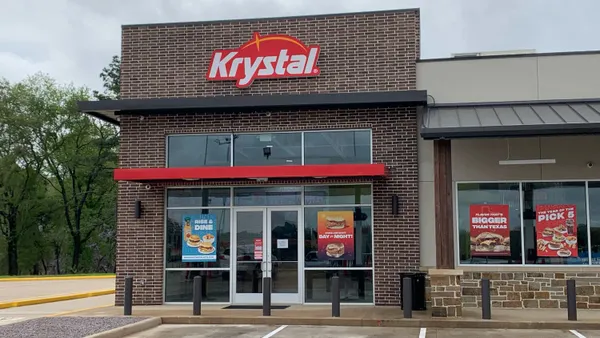Dan Jamieson is the general manager of Particle
There are many problems that can occur in a restaurant, but one problem that isn’t given enough thought is equipment failure. Food service equipment (like ovens and refrigerators) are prone to breakage, and these maintenance issues typically occur at the worst times.
Scheduled maintenance procedures can help prevent maintenance issues, but they are far from perfect. Service technicians could subject equipment to too much maintenance or not enough. Proactive monitoring is always advised, but that can prove to be extremely difficult and costly for already hardworking staff.
The time has come for restaurant managers to look strategically at the Internet of Things (IoT). The IoT is increasingly, and successfully, being adopted across industries to prevent machine failures, improve operational efficiencies and reduce costs. More to the point, it’s also never been easier to implement IoT sensors in critical restaurant equipment.
The IoT solution
The Internet of Things (IoT) is the idea that any object can connect to the Internet to share data with other systems. Companies can use this data to improve processes and make better decisions on how to maintain equipment. IoT solutions are incredibly useful in restaurants and commercial kitchens, where it’s vital to monitor equipment like stoves or refrigerators for breakage, temperature and compliance.
How can IoT make my restaurant more efficient?
Restaurant managers and operators can monitor practically every aspect of their food service equipment with connected sensors. A simple IoT sensor can be attached to a machine and monitor the performance and health of that equipment. For example, here are some ways restaurant managers use IoT solutions in their kitchens:
-
Remote monitoring — Remote sensors can collect data to ensure inventory and food warming stations are at the right temperature and meet regulatory standards.
-
Preventative maintenance — Connected sensors can alert operators to service equipment before maintenance issues become worse.
-
Compliance monitoring — Restaurant managers can monitor sensitive assets and collect data to ensure equipment and machines meet regulatory standards.
How restaurants can successfully implement the Internet of Things
The best part is that, because the technology and its many applications have matured so much in the last decade, IoT solutions have become accessible — and affordable — in the restaurant business.
For one thing, they don’t have to be built from scratch. In fact, several IoT vendors and providers are in the business of developing and installing a simple set of easy-to-implement and cost-effective wireless sensors that can proactively monitor critical equipment in any size restaurant or commercial kitchen.
For another, they’re useful in a wide range of scenarios, including remote kitchen management to reduce energy use and cost, food waste management, safe cooking environments, streamlined workflows and automated supply chain management.
The bottom line
Equipment failure and kitchen disasters will happen anywhere. The price of doing business will always involve significant repair and replacement costs. It’s no exception in the restaurant business. One of the best ways to reduce loss from equipment failure is through continual low-cost, real-time monitoring and notification systems.
Affordable, easy-to-implement IoT solutions are uniquely positioned to deliver those capabilities. In the near-future, it will be difficult to find a successful restaurant that doesn’t have an IoT-connected kitchen.













